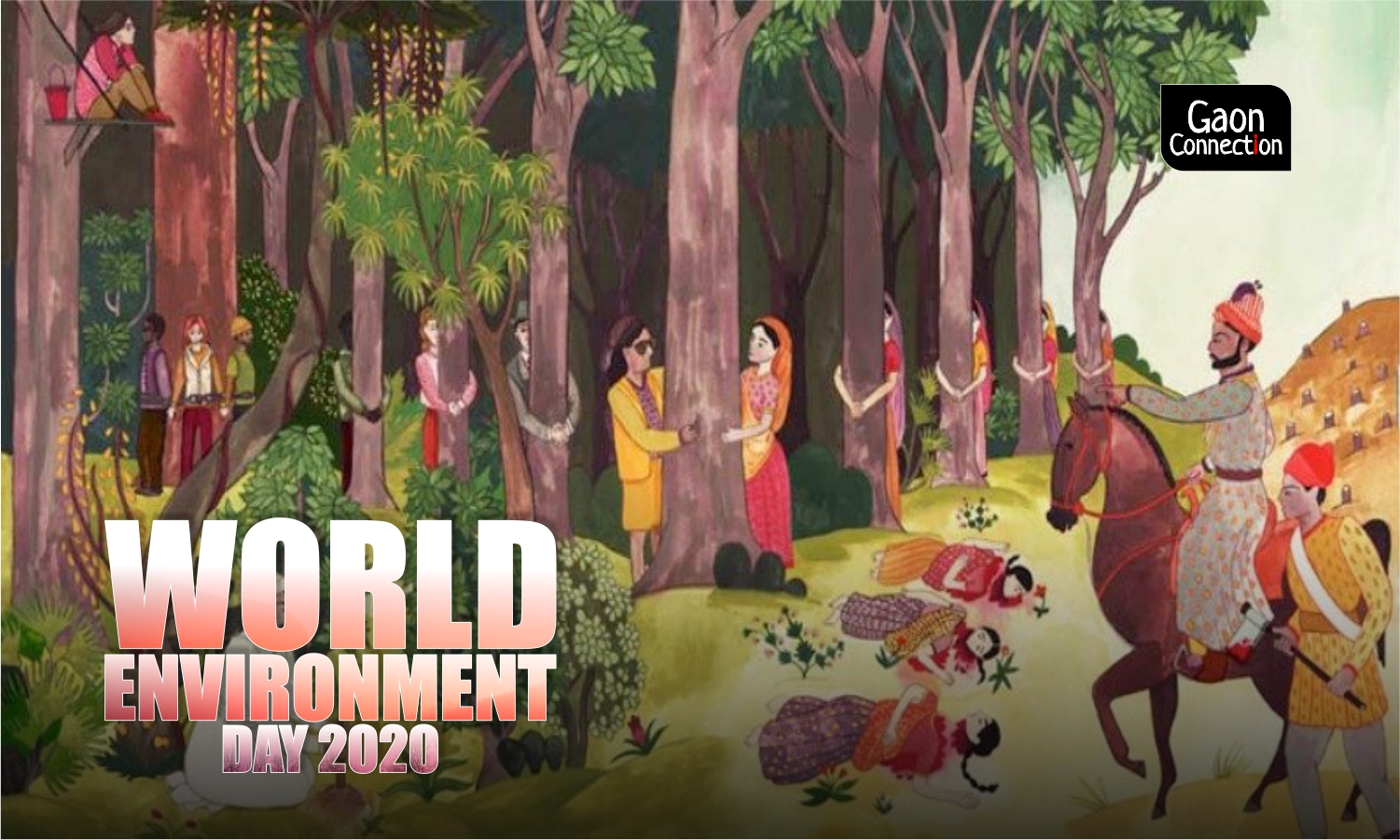Spread over the Western parts of Rajasthan, Punjab, Haryana, and Madhya Pradesh, the Bishnoi community is among the world’s oldest surviving ecologist communities. The love of Bishnois for nature has helped them survive the droughts of the Thar Desert. It has also helped the inhabitant wildlife remain safe from poachers. The Bishnoi community has been doing this long before the beautiful Black Buck was listed under Schedule I of the Wildlife Protection Act of 1972. The Bishnois were there even before the Wildlife Protection Act, 1972 came into being. This proves that the need to save nature does not arise from laws, but from an inherent understanding of knowing that we exist because of nature, and it’s not the other way around.
The term Bishnoi translates to the number 29. Twenty-nine is the number of tenets laid down by the founder of the Bishnoi sect almost 500 years ago. Of the six tenets that focus on protecting nature, the two most thoughtful ones are: Jeev Daya Palani (be compassionate to all living beings) and Runkh Lila Nahi Ghave (do not cut green trees). The principles were not only tailored to conserve the biodiversity of the area but also ensured an eco-friendly social life.
In 1730 AD, when men from Maharaja Abhay Singh’s army started cutting down Kherji (Prosopis cineraria) trees – sacred for the Bishnois — in the village of Khejarli, a woman named Amrita Devi stepped forward and claimed that cutting off her head was cheaper than felling a tree. She was decapitated, along with her three daughters who voluntarily took her place, followed by 363 other Bishnoi men, women and children who stepped forward until the massacre was finally called to the attention of the king.
As the legend goes, a villager named Amrita Devi noticed the men wandering onto her land, cutting down her precious khejri trees. Outraged, she wedged herself between the axmen and a tree, hugging it with all her might. She is remembered as saying: “If a tree is saved from felling at the cost of one’s head, it should be considered a good deed.” The men were not impressed; Devi was decapitated in front of her two daughters. Trees continued to fall.
Today, her memory lives on in the Indian government’s Amrita Devi Bishnoi Wildlife Protection Award, the first of which was posthumously presented in 2001 to a Bishnoi youth killed by poachers. The Forest Martyrs’ Day is marked annually on September 11, the day of the Khejarli massacre. The 1998 Black Buck shooting case was strengthened by Poonamchand Bishnoi, a local from the Bishnoi community who claimed Bollywood actor Salman Khan and his co-stars were on a hunting session in Bhagoda ki Dhani in Kankani village, near Jodhpur. Witnesses often turn hostile in high-profile cases where powerful people are involved. However, in this case, the eyewitness, Bishnoi, was inspired by his love for nature to not give in and pursued the case to its end.
With their captivating culture and religious-ecological rules, the Bishnois have been at the forefront of conservation for decades. There is much we can learn from this resilient community, the original environmental warriors.
While we struggle to actively contribute to environmental protection and eco-conservation, this small and modest community that has surpassed the biggest of economies by virtue of its simple approach to life.
Learn more about the Bishnois by clicking on the links below: (insert videos of possible, else no)
Aditi Patil has pursued Masters in Development Studies, she has previously worked on community-conservation research projects with WWF-India, Columbia University, and the Gujarat Forest Department
This article has been sourced from Youth Ki Awaaz-Adivasi Lives Matter, with permission from Adivasi Lives Matter. You can read the original article here.


















